Origin of Red Dragon Fruit
Red dragon fruit, also known as “thanh long đỏ,” is a tropical fruit that belongs to the cactus family (Cactaceae). It is native to Central America but has gained popularity in various tropical regions around the world, particularly in Southeast Asia, including Vietnam, Thailand, and the Philippines. Red dragon fruit is easily recognizable by its vibrant pink or red skin and green, scale-like appendages, making it a visually appealing addition to any fruit platter.
Benefits of Red Dragon Fruit
- Nutrient-rich: Red dragon fruit is packed with essential vitamins and minerals, including vitamin C, calcium, iron, and antioxidants. These nutrients contribute to overall health, boosting the immune system and enhancing skin health.
- High in fiber: With a significant amount of dietary fiber, red dragon fruit aids in digestion, helps maintain a healthy gut, and promotes regular bowel movements.
- Heart health support: The antioxidants and healthy fats found in red dragon fruit can help lower bad cholesterol levels, supporting cardiovascular health and reducing the risk of heart disease.
- Hydration: This fruit has a high water content, making it an excellent choice for hydration, especially in hot weather.
- Weight management: Low in calories and high in fiber, red dragon fruit can help you feel full longer, making it a great option for those looking to manage their weight.
Market Value
The market value of red dragon fruit has been rising significantly due to its increasing popularity among health-conscious consumers and its unique appearance. It is often sold fresh but is also processed into products like smoothies, juices, and desserts.
In countries like Vietnam, red dragon fruit has become a key export product, particularly to markets in the U.S., Europe, and Asia. The price of red dragon fruit can fluctuate based on seasonality, quality, and market demand, but it generally offers a lucrative income for farmers and producers.
Red dragon fruit is not only a delicious and nutritious fruit but also an important agricultural commodity, contributing to economic growth and sustainability in the regions where it is cultivated.


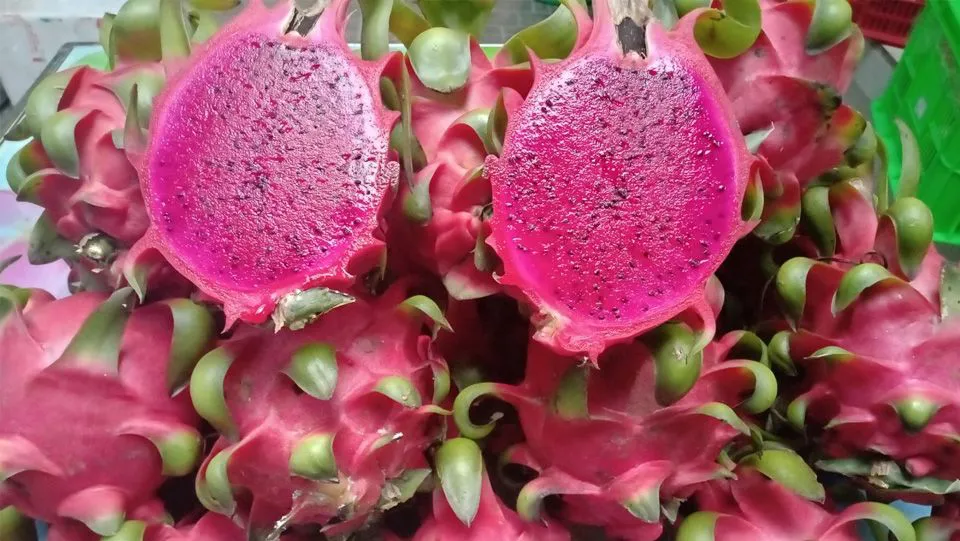
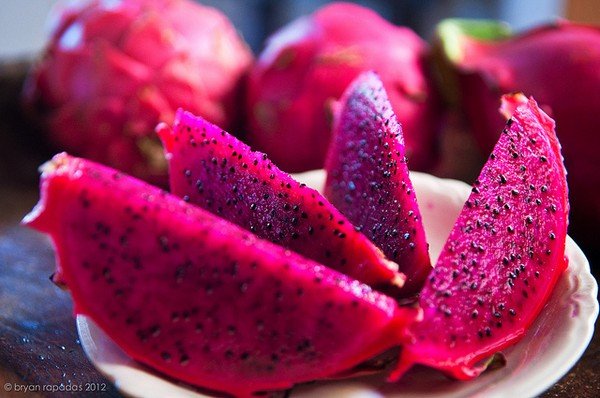
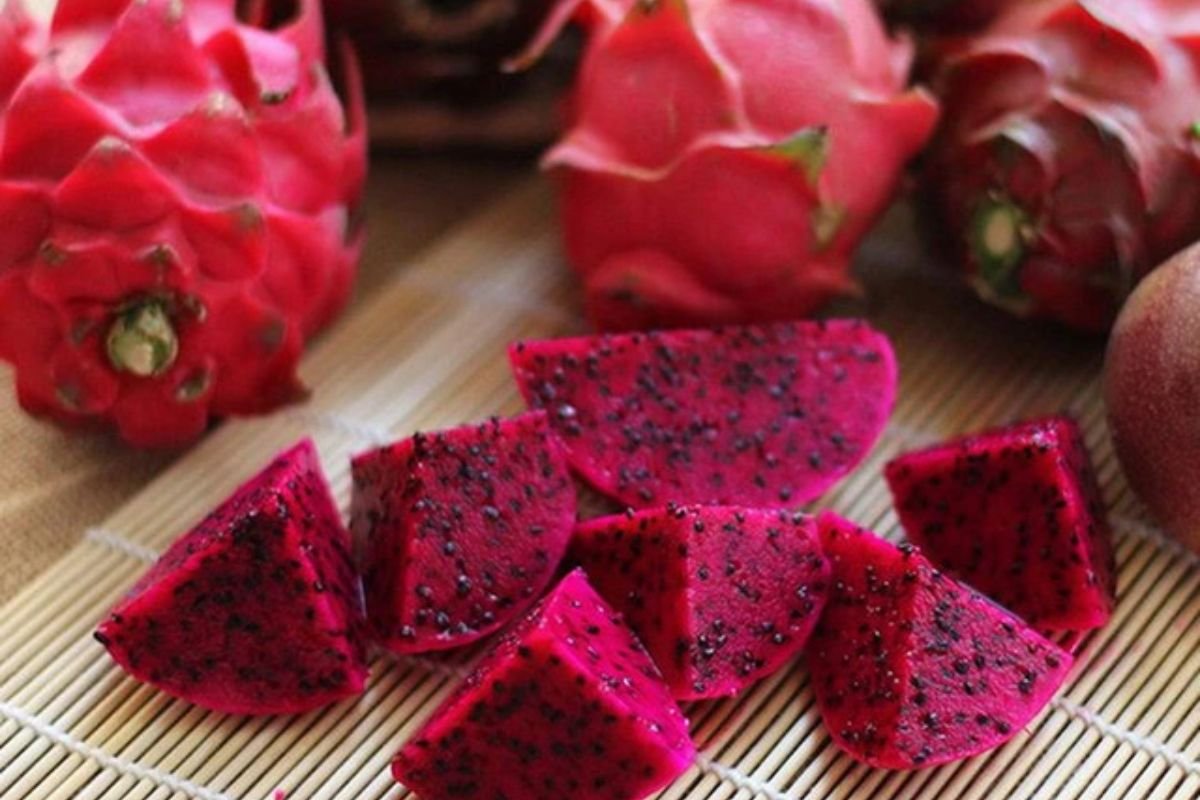




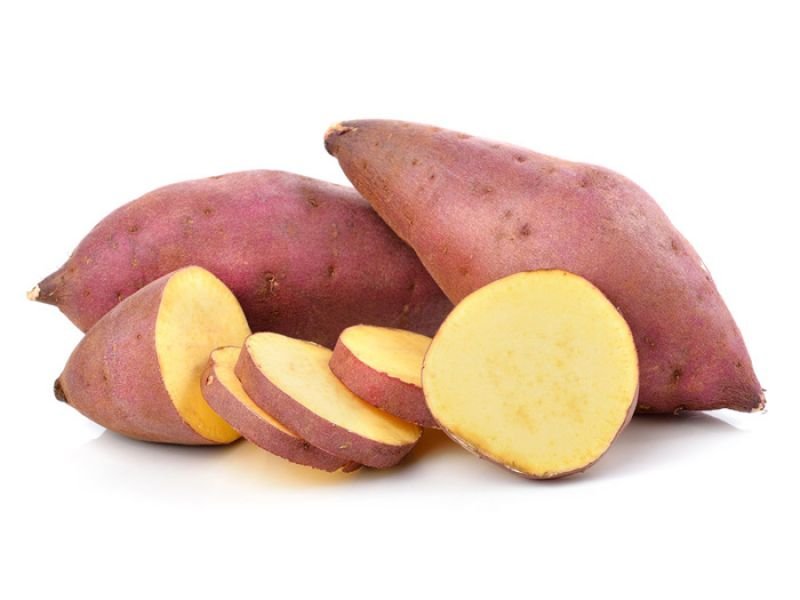

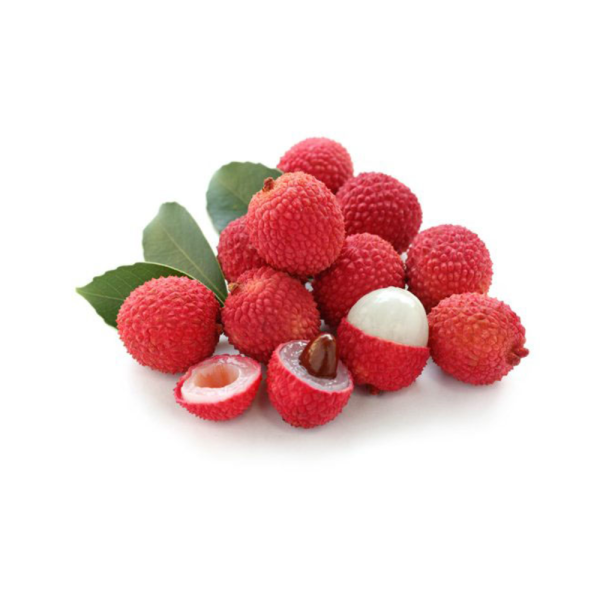

Reviews
There are no reviews yet.